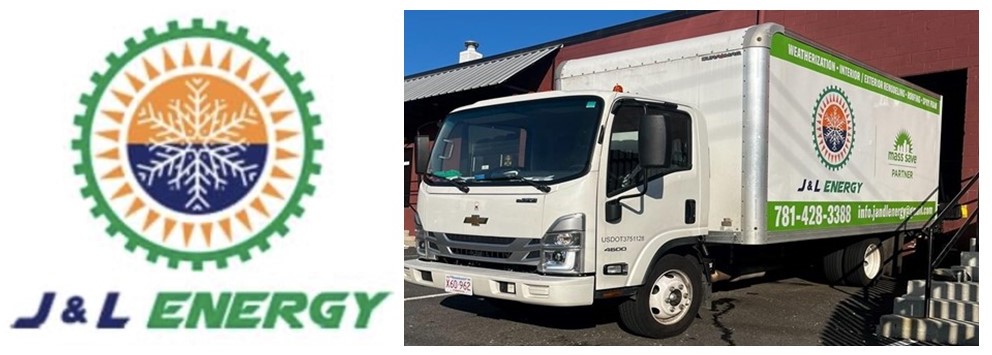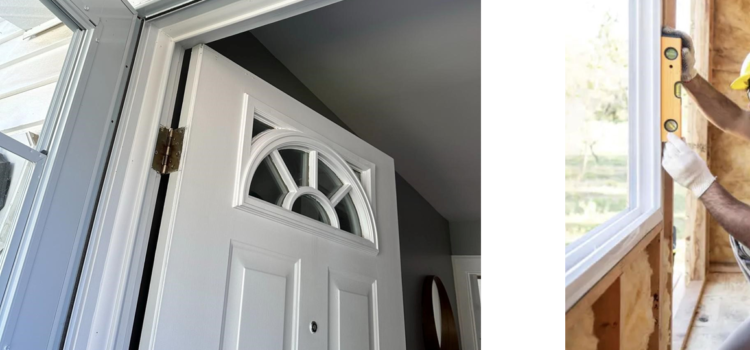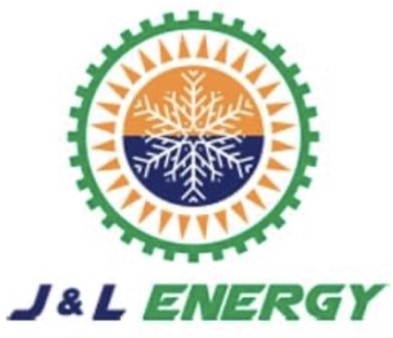
START SAVING ENERGY AND MONEY TODAY!!
Frequently asked questions:
What is a MASS SAVE® Partner?
J & L Energy (Energy Specialist) works in partnership with Mass Save® completing the work required for the rebates, incentives and programs that Mass Save® offers. J & L Energy completes the energy saving projects in your home/business in a manner consistent with efficiency and quality workmanship standards. Our Customers are very important to us!!
What is a Home/Business Energy Assessment?
A home/business Energy Assessment determines inefficiencies in how energy is used in your home/business. During the assessment, an Energy Specialist will identify energy-saving opportunities and help you access available rebates, incentives and 0% financing to improve your home/business’ heating/cooling requirements.
Can I save money?
-
Yes, Customers save money on their projects that we complete with the Mass Save rebates, incentives and 0% financing options. There is also money savings over time with the energy saving recommendations. Not to mention the Energy that is preserved and we are all focusing on more green solutions for heating and cooling our homes and businesses.
How Does the insulation in my Home or Business Work?
Insulation Summary: Insulation in your home/business provides resistance to heat flow and lowers your heating and cooling costs. Properly insulating your home not only reduces heating and cooling costs, but also improves comfort.
How Does Insulation Work?
To understand how insulation works it helps to understand heat flow, which involves 3 basic mechanisms: conduction, convention, and radiation.
Conduction is the way heat moves through materials, such as when a spoon placed a hot cup pod coffee conducts heat through its handle to your hand.
Convection is the way heat circulates through liquid and gasses, and is why lighter, warmer air rises, and cooler denser air sinks in your home.
Radiant heat travels in a straight line and heats anything solid in its path that absorbs its energy.
Insulation Materials: How do they work?
Most common insulation materials work by slowing conductive heat flow and convective heat flow. Radiant barriers and reflective insulation systems work by reducing radiant heat gain. To be effective, the reflective surface must be in contact with an air space.
In Summary, heat flows from warmer to cooler areas until there is no longer a temperature difference in your home, this means that in winter,flows directly from all heated living spaces to adjacent unseated attics, garages, basements, and especially to the outdoors.
To maintain comfort, energy efficiency and to save money, the heat loss in the winter must be repeated by your heating system and the heat gained in the summer must be removed by your cooling system. Properly insulating your home will decrease this heat flow by providing an effective resistance to the flow of heat.
What is a R-Value?
The insulating material’s resistance to conductive heat flow is measured or rated in terms of its thermal resistance or R-Value.
The higher the R-Value, the greater the insulating effectiveness.
The R-value depends on the type of material, its thickness and its density. When calculating the R-value of multilayer insulation add the R-Values of the individual layers.
Installing more insulation in your home increases the R-Value and the resistance to heat flow.
What are the different types of insulations used for what types of projects?
Types of Insulation:
-
Fiberglass - is used mostly in basements and exterior walls, attics and more.
-
Spray Foam -Open and Closed Cell -is used for new construction, attics and around windows, basement, exterior walls, crawl spaces and more
-
Cellulose Insulation is a plant based fiber used in wall and roof cavities to insulate, draught proof and reduce noise.
-
Mineral Wool Insulation - is used as a building material to thermally insulate the building envelope, its walls, floors, roofs, attics, pipes and ducting.
-
Foamed Polystyrene - is a type of plastic that is used in building walls and roofing and underfloor.


Request a Quote Today:
781.428.3388
Venting
Venting a home is extremely important as it helps to get rid of moisture, smoke, cooking odors and indoor pollutants. Venting bathrooms, gas or electric stoves, proper dryer venting all assist to keep the interior of your home a healthy environment for all.

Weatherstripping
The process of sealing openings such as doors, windows, and piping.

Air Sealing
Air Sealing is the process of identifying areas of your home that are leaking out heat or A/C and sealing them with caulking, spray foam, rubber seals and more.
This type of air sealing can save home owners substantial savings over a period of time.
Request a Quote Today:
781.428.3388
